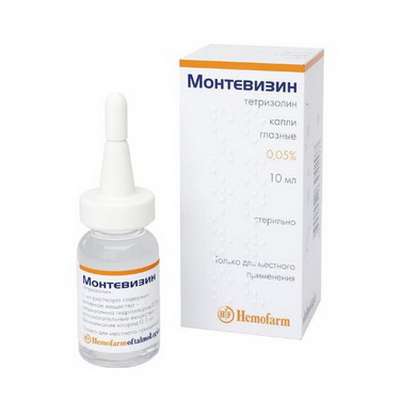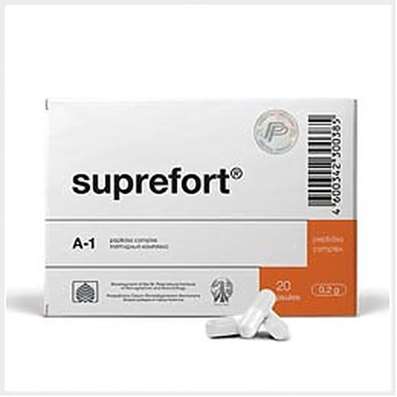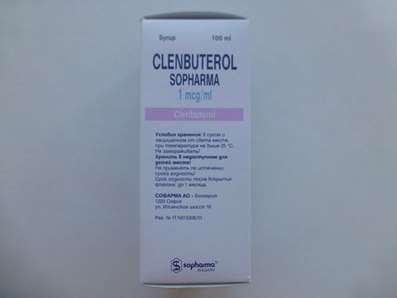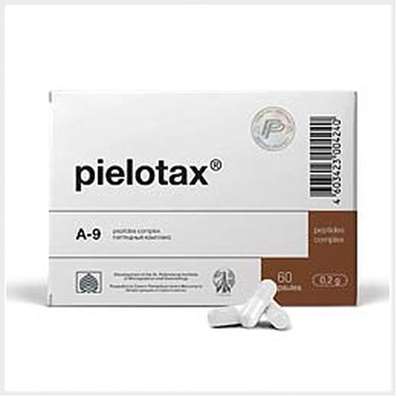Instruction for use: Periciazine
I want this, give me price
The Latin name of the substance Periciazine
Periciazinum (genus. Periciazini)
Chemical name
10- [3- (4-Hydroxy-1-piperidinyl) propyl] -10H-phenothiazine-2-carbonitrile
Gross formula
C21H23N3OS
Pharmacological group:
Neuroleptics
The nosological classification (ICD-10)
F20 Schizophrenia: Schizophrenic conditions; Exacerbation of schizophrenia; Schizophrenia; Chronic schizophrenia; Dementia praecox; Bleuler's disease; Psychotic discordant; Dementia early; The febrile form of schizophrenia; Chronic schizophrenic disorder; Psychosis of the schizophrenic type; Acute form of schizophrenia; Acute schizophrenic disorder; Cerebral Organic Insufficiency in Schizophrenia; Acute attack of schizophrenia; Schizophrenic psychosis; Acute schizophrenia; Sluggish schizophrenia; Sluggish schizophrenia with apathoabulic disorders; Acute stage of schizophrenia with excitation
F25 Schizoaffective disorders: Schizoaffective disorders; Schizoaffective psychosis; Schizoaffective disorder
F39 Mood disturbance [affective], unspecified: Affective disorder; Affective disorders; Dysphoric states; Dysphoric disorder; Psychoemotional Disorder; Affective disorders; Emotional-labile upset; Cyclotimic personality
F44 Dissociative [conversion] disorders: Psychogenic psychosis; Conversion disorder; Dissociative phenomena; Pseudodegmentation; Conversion symptoms
F60 Specific personality disorders
G40.9 Epilepsy, unspecified: Refractory epilepsy in children; Absence; Psychomotor epilepsy; Epilepsy; Epileptiform cramps; Epileptiform syndrome; Epileptic syndrome; Anxiety seizures; Atypical absences
G93.9 Brain lesion, unspecified: Disorders of higher cerebral functions of the cerebral hemispheres; Anisoreflection; Age-related involuntary changes in the brain; Metabolic disorders of the brain; Metabolic and cerebral disorders of the brain; Metabolic Cerebral Failure
R45 Symptoms and signs relating to the emotional state: Emotional disorders; Violation of the emotional sphere
R45.1 Anxiety and agitation: Agitation; Anxiety; Explosive excitability; Internal stimulation; Excitability; Excitation; Excitation acute; Psychomotor agitation; Hyperexcitability; Motor excitement; Cessation of psychomotor agitation; Nervous excitement; Restlessness; Night trouble; Acute stage of schizophrenia with excitation; Acute mental agitation; Paroxysm of excitation; Overexcitation; Increased excitability; Increased nervous excitability; Increased emotional and cardiac excitability; Increased agitation; Mental arousal; Psychomotor agitation; Psychomotor agitation in psychoses; Psychomotor agitation of an epileptic nature; Psychomotor paroxysm; Psychomotor fit; Symptoms of excitation; Symptoms of psychomotor agitation; The state of agitation; A state of anxiety; Excitation status; A state of heightened concern; The state of psychomotor agitation; Conditions of anxiety; Excitation conditions; The state of excitement in somatic diseases; Excitation level; Feelings of anxiety; Emotional arousal
Z60.0 Problems associated with adaptation to lifestyle changes: Adaptation; Correction of a daily biorhythm; Impaired adaptation; Adaptation disorders; Normalization of biological rhythms; Adaptation disorder
CAS Code
2622-26-6
Characteristics of the substance Periciazine
Piperidine derivative of phenothiazine.
Pharmacology
Pharmacological action - antipsychotic, neuroleptic, antiemetic.
It blocks postsynaptic D2-dopamine receptors located in the mesolimbic brain system (antipsychotic action), hypothalamus (hypothermic effect and galactorrhea), trigger zone of the vomiting center, extrapyramidal system.
Characterized by strong antiemetic, anticholinergic and sedative effect, moderately pronounced extrapyramidal effect, causes hypothermia. Peripheral alpha-adrenolytic effect is manifested by hypotension (hypotensive effect is moderately expressed), and H1-antihistamine - antiallergic effect.
The antipsychotic effect is combined with a sedative, the stimulating component is absent. Sedation is clearly expressed in relation to the angry-irritable and angry kind of affect. Reducing aggressiveness is not accompanied by the appearance of pronounced lethargy and inhibition. Especially effective in behavior disorders (especially in children), contact disorders.
When ingested well absorbed from the digestive tract. Exposed to the effect of "first passage" through the liver, the concentration in the plasma varies widely. Binding to blood plasma proteins - 90%. Easily passes through the histohematological barriers, including BBB, is intensively distributed into tissues, penetrates into breast milk. Metabolized in the liver (hydroxylation and conjugation), excreted in urine, bile and feces, subjected to hepatic recirculation. T1 / 2 is about 30 hours (the elimination of biotransformation products is longer).
Application of the substance Pericizine
Acute psychotic disorders. Chronic psychotic disorders, such as schizophrenia, chronic non-schizophrenic delusional disorders: paranoid delusional disorders, chronic hallucinatory psychoses (for the treatment and prevention of relapses). Anxiety, psychomotor agitation, aggressive or dangerous impulsive behavior (as an additional drug for short-term treatment of these conditions).
Contraindications
Hypersensitivity, zakratougolnost glaucoma, urinary retention on the background of prostate gland diseases, agranulocytosis in history, porphyria in the anamnesis, concomitant therapy with dopaminergic agonists, vascular insufficiency (collapse), acute poisoning with substances depressing the central nervous system, or coma, heart failure, pheochromocytoma, myasthenia grave pseudo-paralytic (illness of Erba-Goldflam).
Restrictions on the use
Cardiovascular diseases, renal and / or hepatic insufficiency, epilepsy, Parkinson's disease, elderly age (the risk of excessive hypotensive effect and CNS depression increases).
Application in pregnancy and lactation
The action category for fetus by FDA is C.
Side effects of Periciazine
From the nervous system and sensory organs: a state of depression, extrapyramidal disorders, early dyskinesia (spasmodic torticollis, oculomotor crisis, triism), tardive dyskinesia.
Other: orthostatic hypotension, anticholinergic effects (dry mouth, constipation, paresis of accommodation, urinary retention), impotence, frigidity, amenorrhea, galactorrhea, gynecomastia, hyperprolactinaemia, weight gain, cholestatic jaundice, agranulocytosis, photosensitivity, allergic reactions.
Interaction
Strengthens the effect of antihypertensive drugs, the depressing effect on the central nervous system of tranquilizers, alcohol, analgesics, hypnotics and anesthesia.
Overdose
Symptoms: Parkinsonism, coma.
Treatment: symptomatic.
Routes of administration
Inside.
Precautions for the substance Periciazine
In the case of the appearance of hyperthermia, the therapy with pericyazine is immediately stopped. Careful observation of patients in the treatment of epilepsy (due to the possible lowering of the epileptogenic threshold) and Parkinson's disease is necessary.
During the treatment, you can not drink alcoholic beverages.
During the treatment period, it is necessary to refrain from activities that require an increased concentration of attention and speed of psychomotor reactions, there may be drowsiness, especially at the beginning of the course.
Extrapyramidal disorders and early dyskinesia may be weakened by taking anticholinergic antiparkinsonian drugs, but these drugs are contraindicated in late dyskinesia (possibly worsening).

 Cart
Cart





